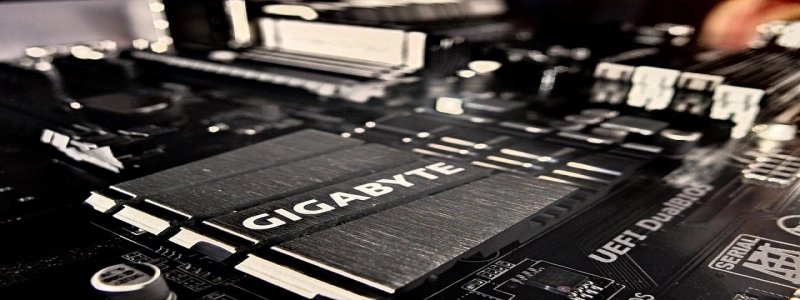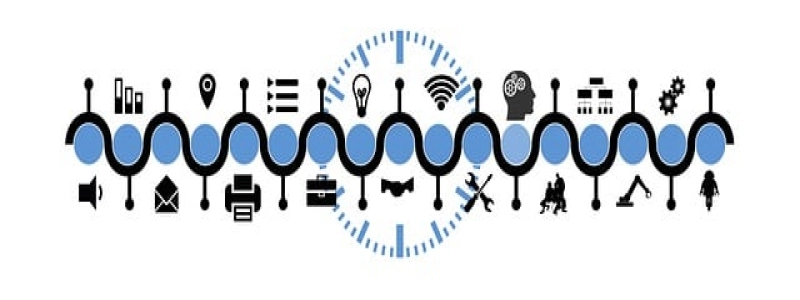CW Transceiver Kit
===================
Introduction to CW Transceiver Kit
———————————–
A CW transceiver kit is an electronic device that allows amateur radio operators to communicate using Morse code. This kit provides all the necessary components and instructions to build a functional transceiver. In this article, we will explore the various features and benefits of a CW transceiver kit.
Kit Components
—————
A typical CW transceiver kit includes a printed circuit board (PCB), various electronic components such as resistors, capacitors, and transistors, a power supply, an audio amplifier, and controls such as a tuning knob and volume control. These components are carefully selected and designed to ensure optimal performance and easy assembly.
Building the Kit
—————-
Step 1: Gather all the necessary tools and materials, including a soldering iron, solder, wire cutters, and a multimeter. Ensure you have a clean and well-lit work area to assemble the kit.
Step 2: Carefully read through the assembly instructions provided with the kit. Familiarize yourself with the components and their placement on the PCB.
Step 3: Begin by soldering the smaller components, such as resistors and capacitors, onto the PCB. Follow the instructions carefully to ensure proper soldering techniques are used.
Step 4: Once the small components are in place, move on to soldering the larger components, such as transistors and connectors. Double-check the polarity and orientation of these components before soldering.
Step 5: After all the components are soldered in place, connect the power supply and audio amplifier. Use the multimeter to check for any potential short circuits or faulty connections.
Step 6: Once everything is properly connected, test the transceiver for functionality. Ensure both the transmitter and receiver sections are working correctly.
Features of a CW Transceiver Kit
——————————–
1. Adjustable frequency range: Most CW transceiver kits allow users to adjust the operating frequency within a specific range. This flexibility allows operators to tune into different channels and communicate with other amateur radio enthusiasts.
2. Compact size: CW transceiver kits are designed to be compact and portable. They are lightweight and can fit into a small enclosure, making them ideal for portable and field operations.
3. Low power consumption: These kits are designed to be energy-efficient, consuming minimal power during operation. This feature makes them suitable for use in remote locations where power supply may be limited.
4. Expandability: Some CW transceiver kits offer options for future expansion and enhancements. This enables operators to upgrade their kits with additional features such as filters, digital modes, or even computer interface capabilities.
Benefits of Using a CW Transceiver Kit
—————————————
1. Educational: Building a CW transceiver kit is a great way to learn about electronics and radio wave propagation. It provides hands-on experience in soldering, circuit assembly, and troubleshooting.
2. Cost-effective: Kits are generally more affordable compared to pre-built transceivers. By building your own kit, you can save money while enjoying the satisfaction of creating something yourself.
3. Customizable: Building your own transceiver allows you to customize it to your liking. You can choose specific components or modify the design to suit your needs and preferences.
Conclusion
———-
A CW transceiver kit offers amateur radio operators the opportunity to build their own Morse code communication device. With its adjustable frequency range, compact size, and low power consumption, a CW transceiver kit provides an affordable and educational way to experience the world of amateur radio.








